What lighting should look like in the office: a mini-guide to lighting in the workplace
- Posted on
- By INTOLED
- 0

Do you know the feeling of tired eyes after a long (work) day at your computer? Unfortunately, you are not the only one. It is therefore very important to have a well-equipped workplace. For example, do not work at the dining table because of distractions or on the couch because of sitting posture. Another important factor in this story is (the lack of) light. The light in our environment affects our ability to concentrate, our physiological health and even our behaviour. Whether in the office or at your home workplace.
What is the importance of office lighting?
Office lighting is important because it affects the productivity, mood and health of employees. Poor lighting can cause eye strain, fatigue, and headaches, which can lead to decreased productivity and morale. Good office lighting helps to create a comfortable and inviting work environment, which in turn can boost employee productivity. Proper lighting levels can also help to reduce accidents and errors, improve visibility and alertness, and help to support a healthy circadian rhythm. Lighting can have a significant effect on the human circadian system.
Exposure to bright light in the daytime can help to synchronize the circadian rhythm, while exposure to light at night can delay it. Light exposure can also affect melatonin production, which is an important hormone for regulating the circadian rhythm. Additionally, exposure to blue light, which is emitted by many electronic devices, can suppress melatonin production and further disrupt the circadian rhythm.
Types of lights used in offices
The best office lighting for an office is a combination of natural and artificial light. Natural light is best for improving mood and concentration and should be maximized by using windows, skylights, and other sources of natural light. Artificial light should be used to supplement natural light, and should be adjustable to accommodate different tasks and activities.
- Natural light: Natural light is one of the best sources of lighting for offices. It provides bright, glare-free light that can help improve productivity and create a more pleasant atmosphere.
- LED lights: LED lighting is becoming increasingly popular in offices due to its energy efficiency, long lifespan, and versatility. LED lights can be used to light up desks and workstations with bright, glare-free light.
- Fluorescent lights: They provide general illumination for the entire office and can be used in combination with task lighting for individual workstations. You might wonder how bright should office lighting be? Office lighting should be bright enough to provide comfortable visibility for all activities without causing eye strain or discomfort.
Generally, it is recommended that LED office lighting be between 300 and 500 lux (or lumens per square meter).
How bright is too bright for office lighting?
The optimum brightness level for office lighting usually does not exceed 700 lux. Exceeding this level may cause discomfort for some people and should be avoided.
The best office lighting
The best office lighting is bright and evenly distributed. It should also be adjustable so that it can be dimmed or brightened as needed. Natural light is also beneficial, so try to have windows or skylights in the office.
Additionally, it's important to have task lighting to help with specific tasks. Finally, make sure to avoid glare and shadows, which can be distracting and reduce productivity. Once you have found the right LED lighting for your (home) office, it's time to assemble them.
We will give you a few tips on how to do this:
- Make sure that the light does not shine into your eyes. Nobody wants to be blinded while they have to concentrate on their work.
- Do you have a ceiling fixture or ceiling light? Then make sure that the light comes from behind at an angle. This way you avoid shadows on the screen.
- Are you someone who does a lot of writing, crafts, drawing or other precision work? Then we recommend that you also look for a desk lamp. A desk lamp falls under accent lighting, which illuminates directionally.
What LED light color do I use for my office?
Office lighting should be cool and bright in color to create an energizing environment. Cool whites or daylight whites are the best temperature for office lights, as they promote concentration and alertness. Using energy-efficient LED lighting is also a great way to save energy as LEDs use up to 75% less energy than traditional lighting.
Another approach is to use coloured light. This can prevent or counteract eye fatigue and headaches. Which LED colours help with headaches? Studies have found that blue and green colors can help reduce the frequency of headaches. Blue is thought to reduce stress, while green has a calming effect. Additionally, yellow can help to reduce the intensity of headaches.
Some LED lamps feature a CCT switch. CCT (Correlated Color Temperature) is a measure of the color of light emitted by a light source, measured in Kelvin (K). It is a measure of the hue of the light, not its brightness or intensity. A higher CCT indicates a cool, bluish hue, while a lower CCT indicates a warm, yellowish hue. The CCT of a light source is an important factor to consider when selecting lighting for a room or space.
Case study about colour temperature in the office lighting?
Want to know more about the effect of correlated colour temperature? Here you can read about a study on office lighting with a high correlated colour temperature on employee wellbeing and work performance.
What is Flicker?
In addition to the fact that the amount of light and the light colour affect our health and our ability to concentrate, the quality of the light output also plays a role. For example, you may sometimes have to deal with flickering light, also known as Flicker. Flicker is flashing light which is difficult to perceive with the naked eye, but which our brain constantly picks up. Flashing light has a lot of influence on our health. These are the problems flicker can cause:
- Poor concentration and distractions
- Headaches and migraines
- Fatigue
- Focus on vision
- Neurological problems such as epileptic seizures
To prevent flickering LED lights, make sure your LED lights have a good quality power supply and that your wiring is properly connected. Additionally, ensure that your LED lights are not exposed to high levels of vibration or movement, as this can cause them to flicker.
You may also want to consider using LED drivers or dimmers to reduce the amount of voltage running through your lights.
Finally, make sure your LED lights are not too close to a fluorescent or other light source that could be creating interference. Flicker is common with LED tubes and LED panels. These are the types of light sources that are commonly used for professional environments and work environments. It is therefore important to choose flicker-free LED tubes and flicker-free LED panels when lighting a school or office space.
Get advice from our experts
We hope that after reading this blog you will find out more about the influences of enlightenment. It's something we're not so much aware of, but it does have a big impact on our daily lives. So good lighting is essential, and you can find it at INTOLED. The online LED specialist! Always high quality at a competitive price.

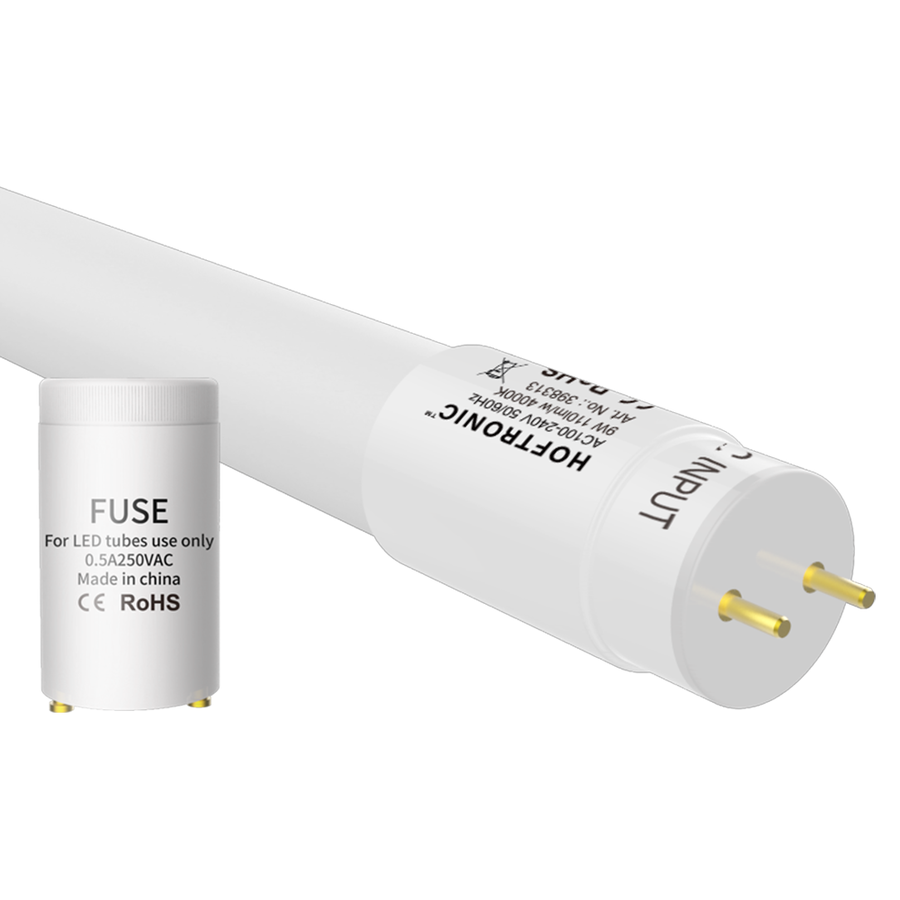
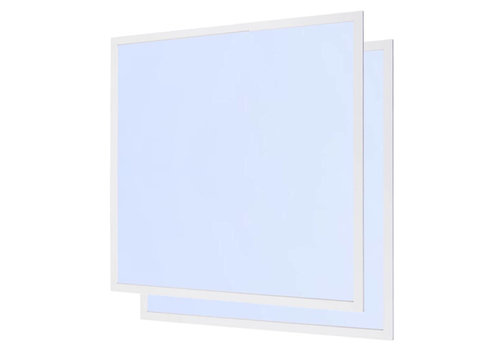
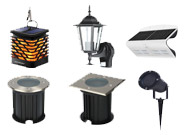
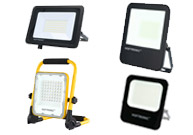

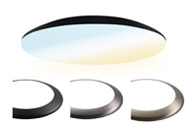
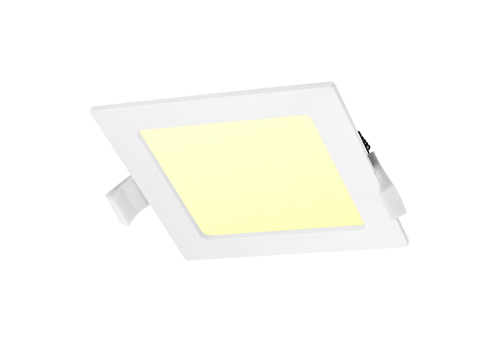
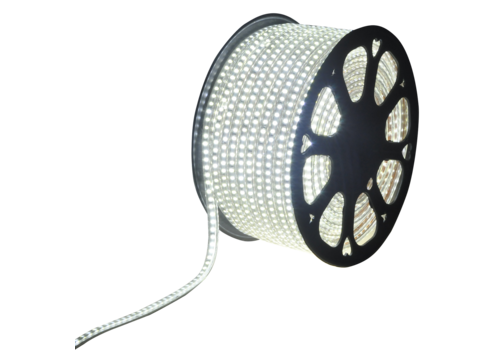

Comments
Be the first to comment...